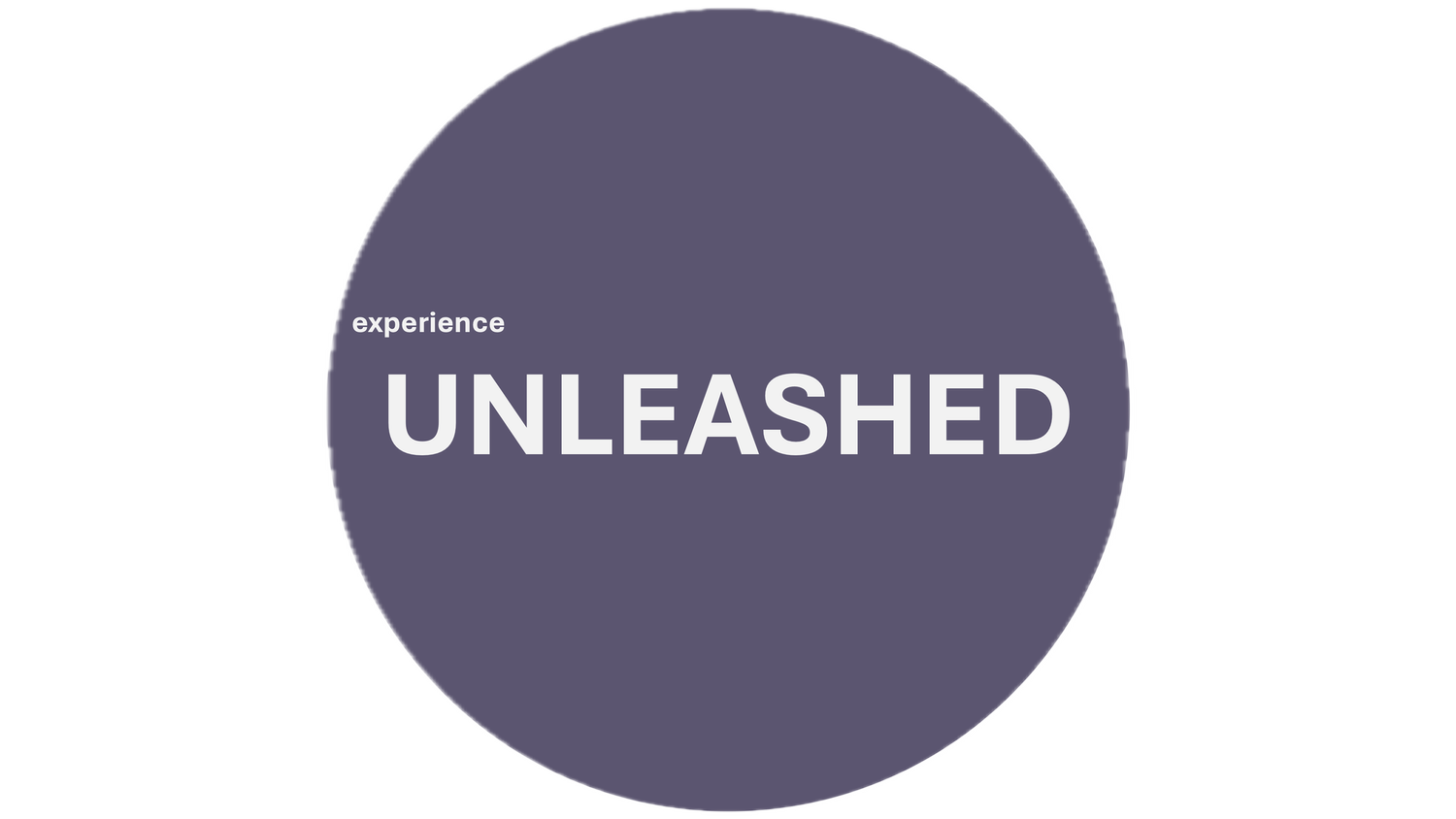The six tasks that prepare an organization to become Customer Centric
Customer Centricity (and with this I include Consumer also) has seen a steady growth of interest as a management principle, and during the last 12 months customer centricity has proven to become even more important. But changing to a Customer Centric business model means a significant change for many companies. So where does one start if the ambition is to drive significant change?
The basics are of course to make sure your business understand how well you fulfill the expectations of your customers and this requires more than an annual Net Promotor Score (NPS), Customer Satisfaction (C-SAT) and Brand Health survey.
So, if your organization aims to transform into a customer centric organization, there are some general learnings that could be useful to know about. What we have seen is a typical Customer Centricity journey that follows six steps (could be in a different order depending on the starting point of your business):
Management language changes: Customer Centricity becomes the new business model and management narrative (and new roles are established).
Customer Journey maps are developed. If there is a customer segmentation as base the starting point it is often fast, if not it will often take more time to decide where to start.
Someone gets the task to develop Customer Experience (CX) dashboard’s, relevant people within the organization engage in activities to identify data available and needed.
Customer Experience Key Performance Indicators (KPI’s). The complex task to define KPI’s that are more meaningful and operational than the overall (annual?) NPS and C-SAT measurements starts.
It’s often a while after this phase that an organization start to ask the “So what?”, how does this drive the business? Now the job starts to identify Customer Experience Gaps. What does this mean, well experience gaps can mean several things, but easiest way to understand them are the gap between the volume and the customer sentiment. This should always follow the customer journey, but most often it starts from a department perspective, e.g.:
Digital – e.g. the gap between the volume of your traffic and sentiment of your visitors.
Brand – e.g. the gap between awareness and drivers for market share.
Sales & e-commerce – e.g. the gap between order value, conversion rate and shopper experience.
Product – e.g. the gap between adoption, onboarding customer sentiment
Customer Service – e.g. the gap between the amount of interaction and the experience.
At this stage an organization are in fact ready to implement a new governance model, where the relationship between sales, profitability and the experience of the customers, brands, products/services drives business follow up and future planning.
Through these stages an organization will find some pitfalls and some “aha’s” along the way. For instance:
Customer Journey maps: Journey mapping is a great way for an organization to understand their customers and create a shared understanding what really matters to them. However, when journey mapping and the necessary customer data collection is outsourced, the knowledge doesn’t sit with the employees and managers, it sits with the consultants. What almost always happen is that the Journey maps are left hanged on the walls in the office and the Customer Experience (CX) transformation ends there.
Customer Experience dashboards & KPI’s: Once the effort to build CX dashboards and KPI’s are on the way, what most companies finds is that:
They have more data than they realized but its spread across the organization.
They collect similar data in different areas of the company.
Where they do measure experience, they lack aligned periodicity and definitions – and therefore they struggle to draw correlations.
There are people within the organization that know more about their customers than management realized.
Customer Experience Gaps are great way to show the actual cost of a poor experience. They also visualizes theories with facts, and prove them right or wrong. This is often the first-time management gets an overview of under- and over- resourced areas along the journey, in order to propel customer centric growth (i.e. breaking silo perspectives).
So start identifying experience gaps along your Customer Journeys, but remember: don’t outsource the work to consultants, invest in your people and let them build their Customer Centric muscles. You will need them as the world outside your office is in rapid change.
/Anton Lundberg

